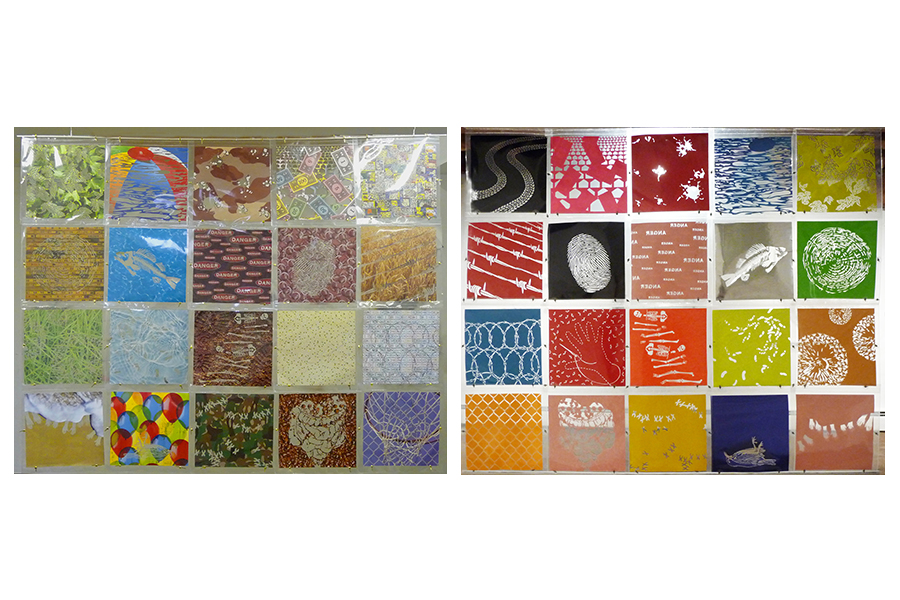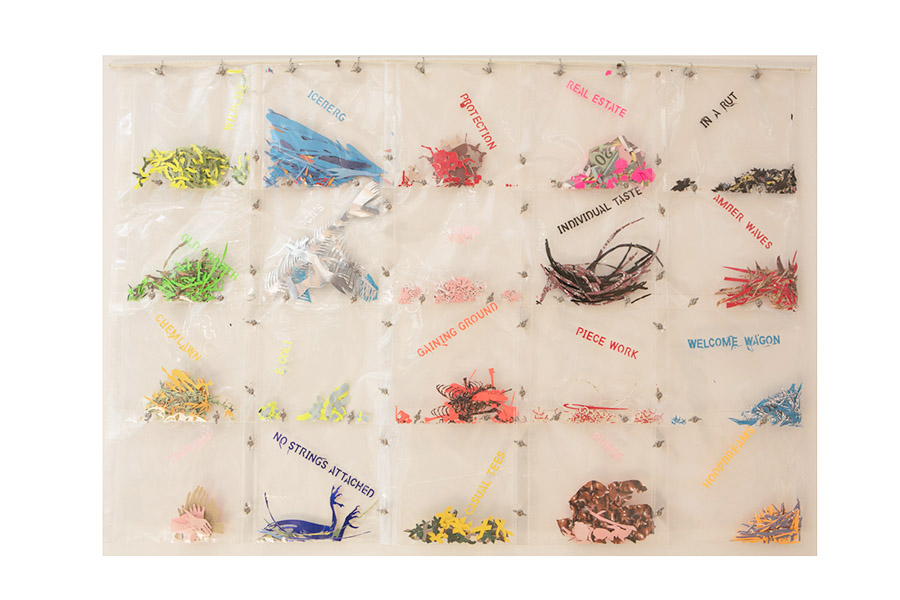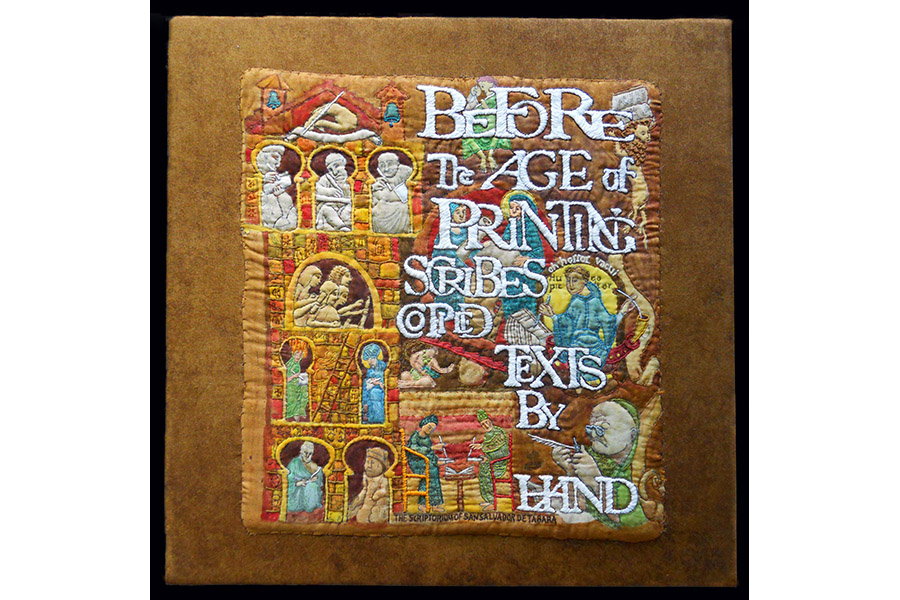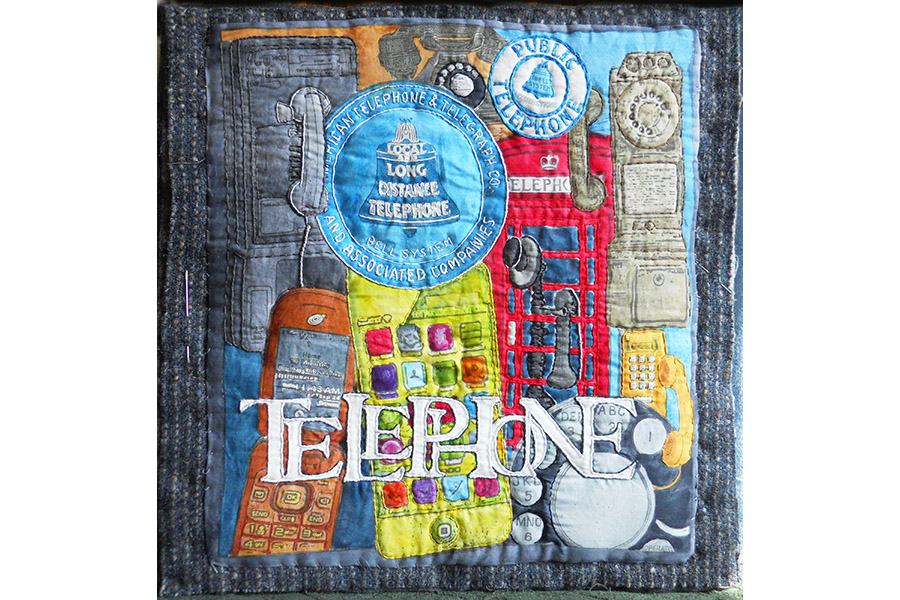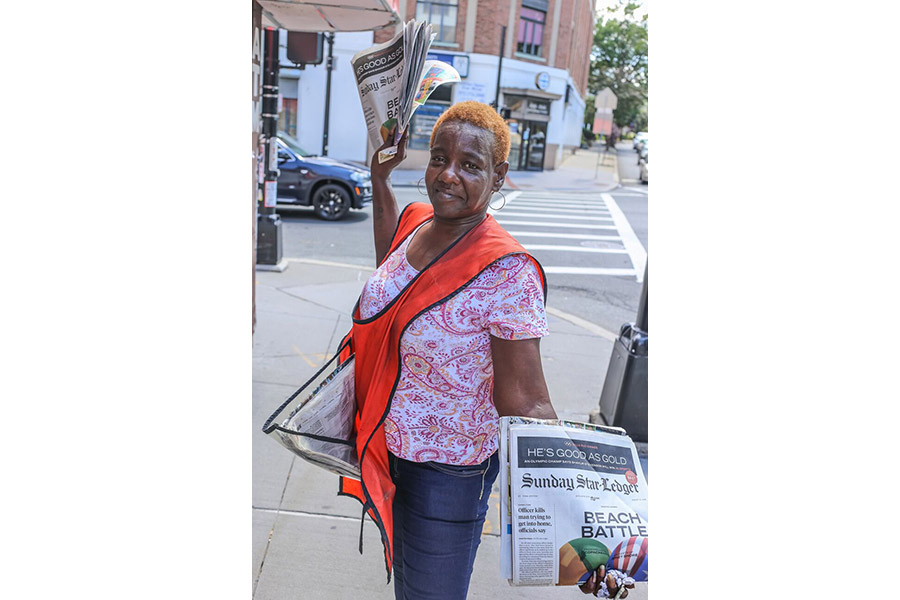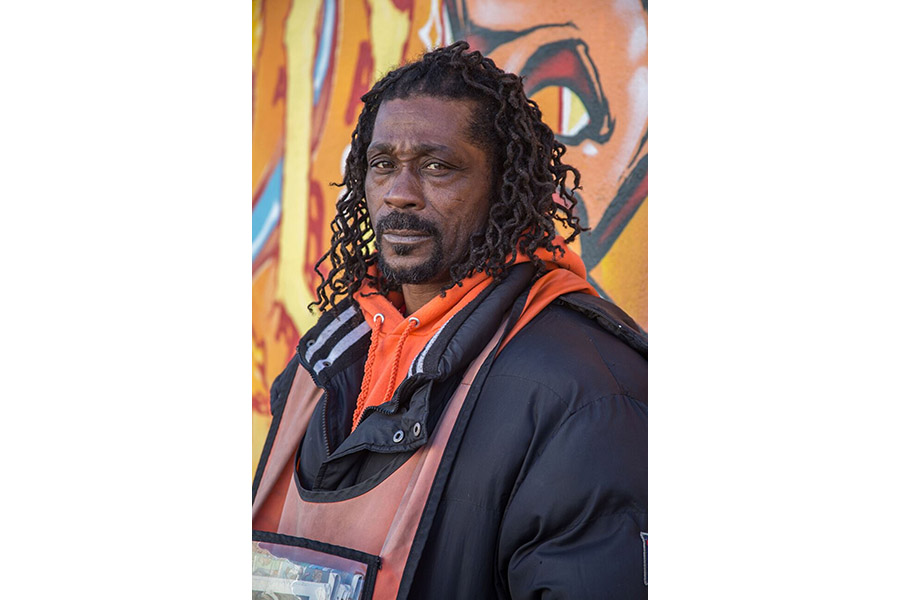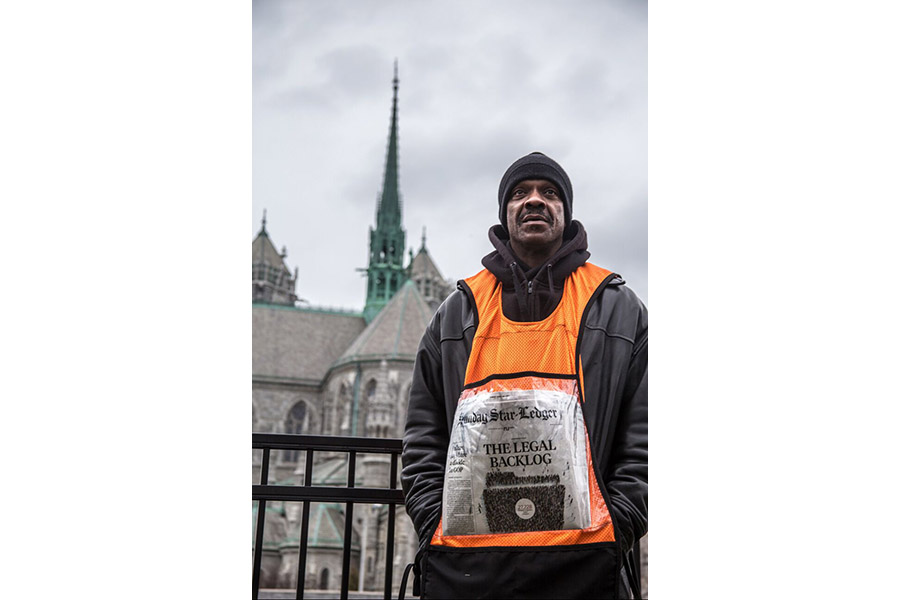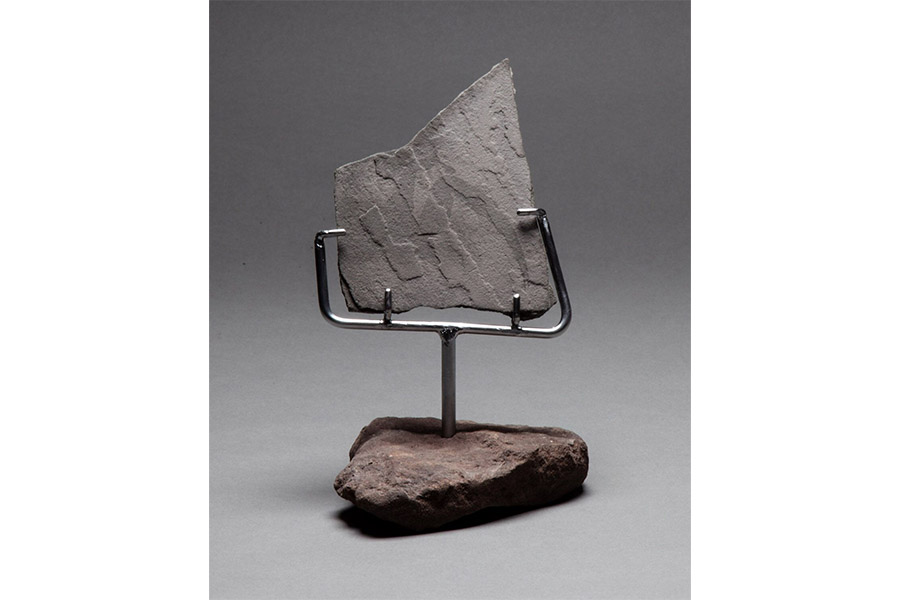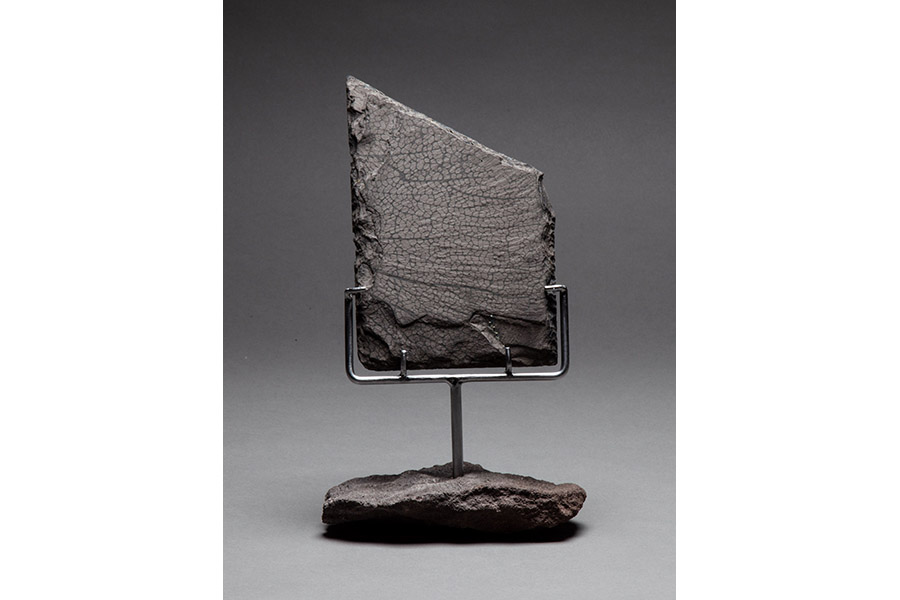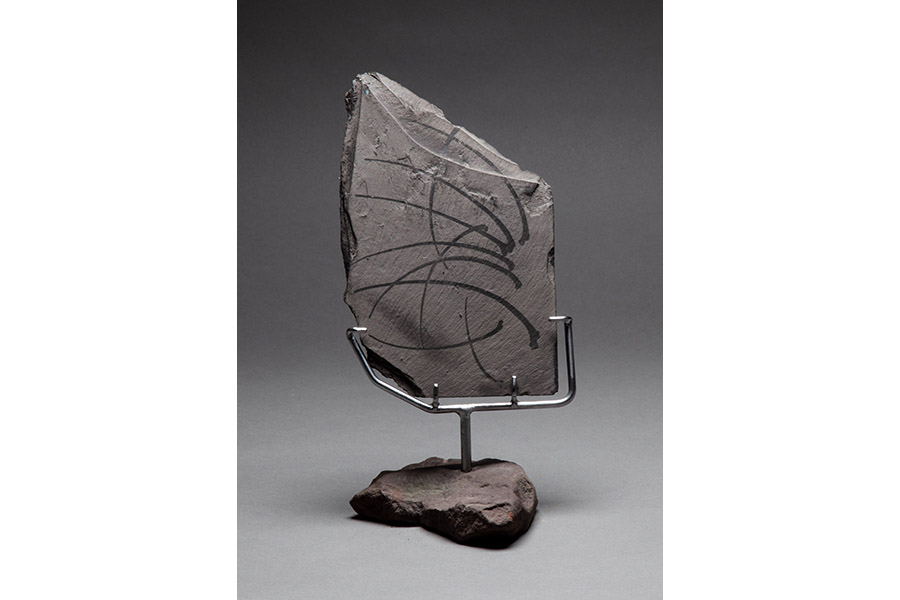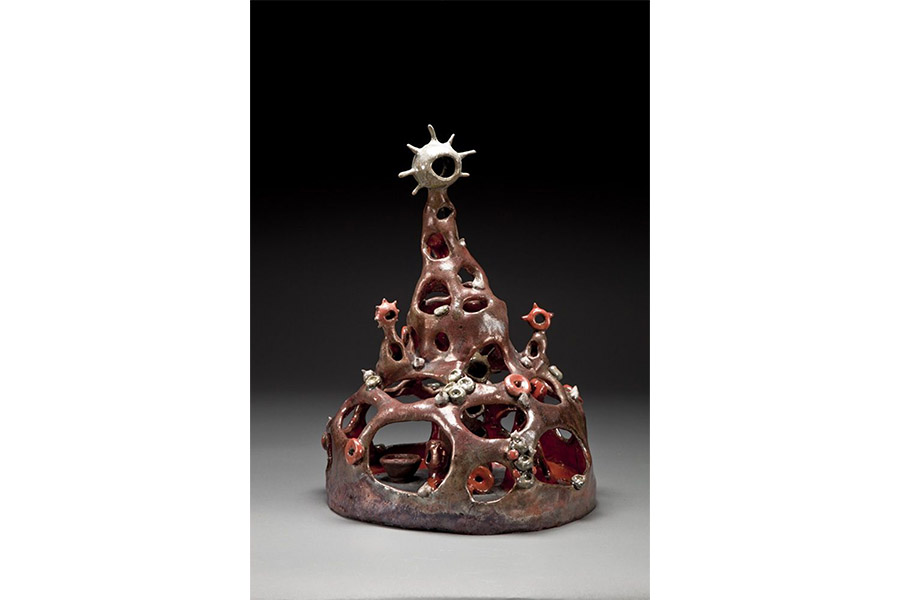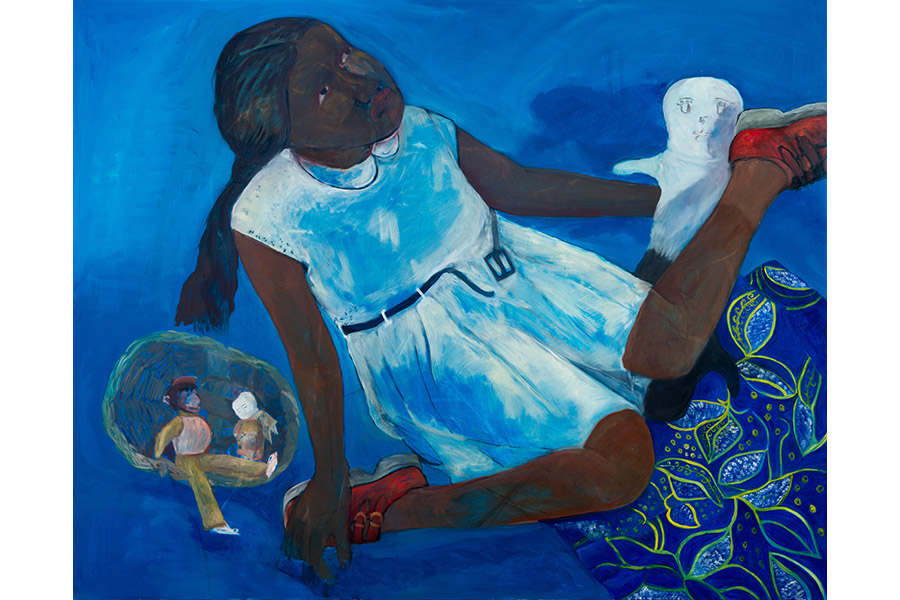Everything is transient; nothing remains the same. If anything looks solid and permanent, it is only an illusion since everything in the universe is in a constant state of flux—growing and shrinking, living and dying, breathing in and breathing out.
– Ilchi Lee, on the second realization of Tao
Click on the art to learn more about the Artists
This exhibit explores the ways that we experience transition and change, loss and growth through memories, mistakes, achievements, and time. By viewing these worlds that the exhibiting artists have revealed, we may be witnesses to those places or moments that have been lost or will be lost in future times. Change is inevitable but how we respond to it is a choice.
Some of our worlds are vanishing with the aid of human development of technology and industry. The environments that we inhabit have been greatly affected by our continued use and over consumption as portrayed in Susan Ahlstrom’s memorial to extinct species of birds in “Tower of Extinction.” Lisa G. Westheimer’s “Sponge Lamp” glows in an eerie light, like a lighthouse, warning us away from impending ecological disaster. Robert F Lach’s installation, “Dwell,” is made up of nests left empty by their inhabitants. “The Last of the Hawks”, a photo essay by Onnie Strother, laments the end of an era where newspapers support the livelihood of the people, who sell them on street corners. Those who are rapidly being replaced by cell phones and other electronic media.
The gift of memory gives us access to significant moments in our lives and transport us to our previous selves no longer defining but informing who we are now. In Kate Dodd’s “Scrapbooking” piece, images are cut into commercial scrapbook papers to reveal “unspoken truths that are disguised by the glossy “good time” veneer.” She reveals the memories which we hide when sharing our past. In Janet Boltax’s series, “Aging in America,” we encounter people who have lived over 90+ years. Through these portraits and narratives, we are invited to visit the days that enriched and shaped their lives. Philemona Williamson’s paintings of children on the brink of adolescence is both enchanting and slightly unnerving as we see children transitioning into beings that are self-aware of their growing bodies in her painting “Dusty Afternoon.” In Diane Savona’s “Tablet” series, she studies the history of communication on a global scale. From ancient civilizations to the present moment, Diane wants the viewer to know that “knowledge can be lost” as some of her tablets portray the destruction of ancient centers of knowledge throughout time.
When I view all these artworks there is a recurring thought that we too are vanishing and centuries from now all will be replaced. Bill Westheimer, in his series “Anthropocene” (the time period of humankind’s existence on the earth), gives us a vision of a future world without us. He has created fossils that are “imaginary records of flora and fauna that might be found in a future geologic era. They are evidence of what was and hints of how it might have been extinguished” after we too are gone.
– Yvette Lucas, Curator
Click HERE to view the catalogue of the show











